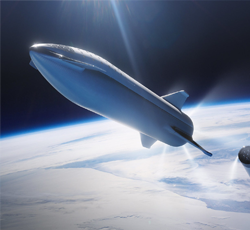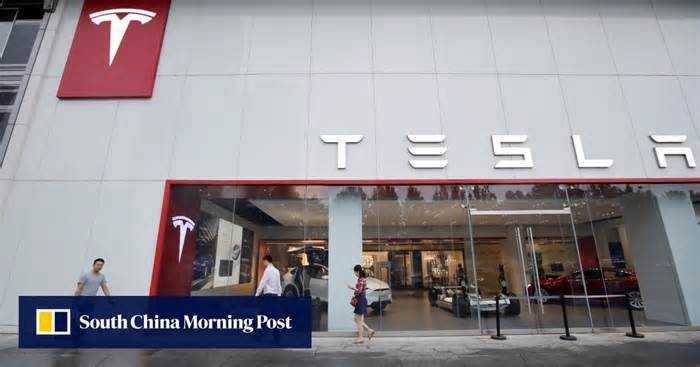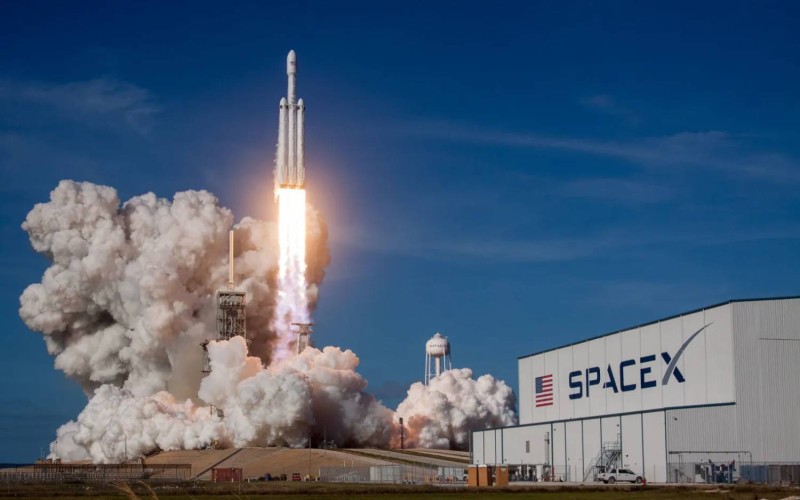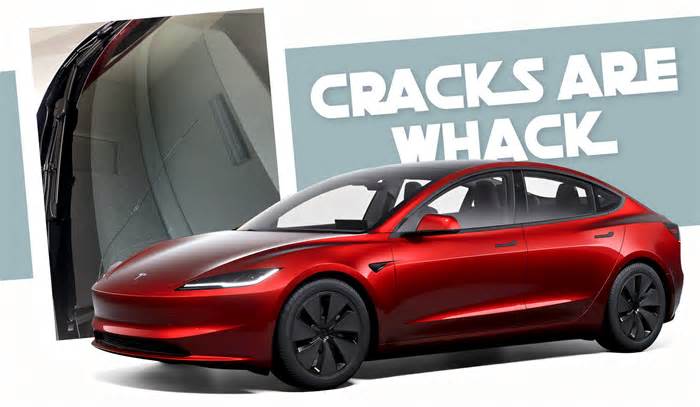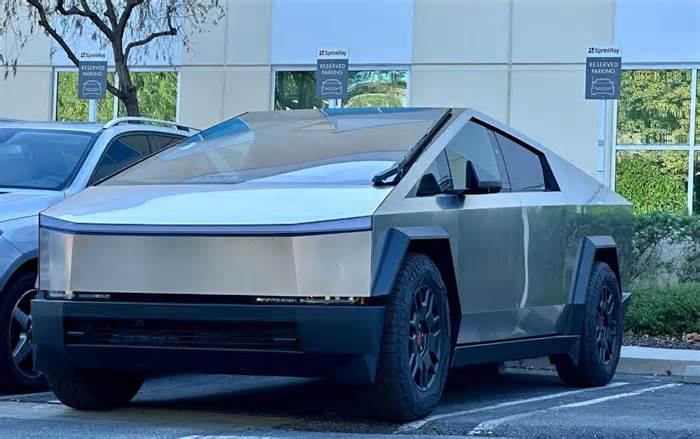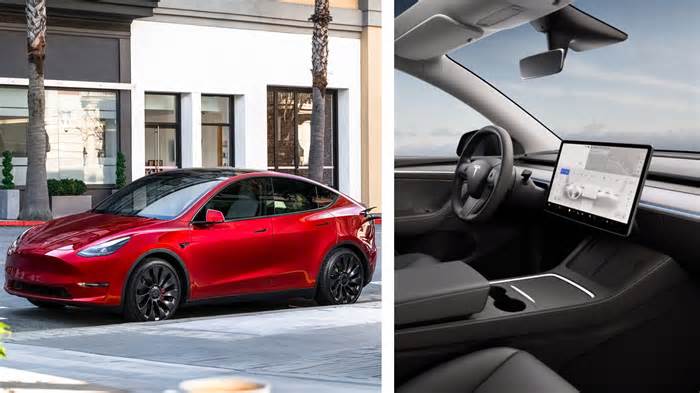
2020 Tesla Model 3 vs 2019
- by Carsguide.com.au
- Aug 24, 2023
- 0 Comments
- 0 Likes Flag 0 Of 5
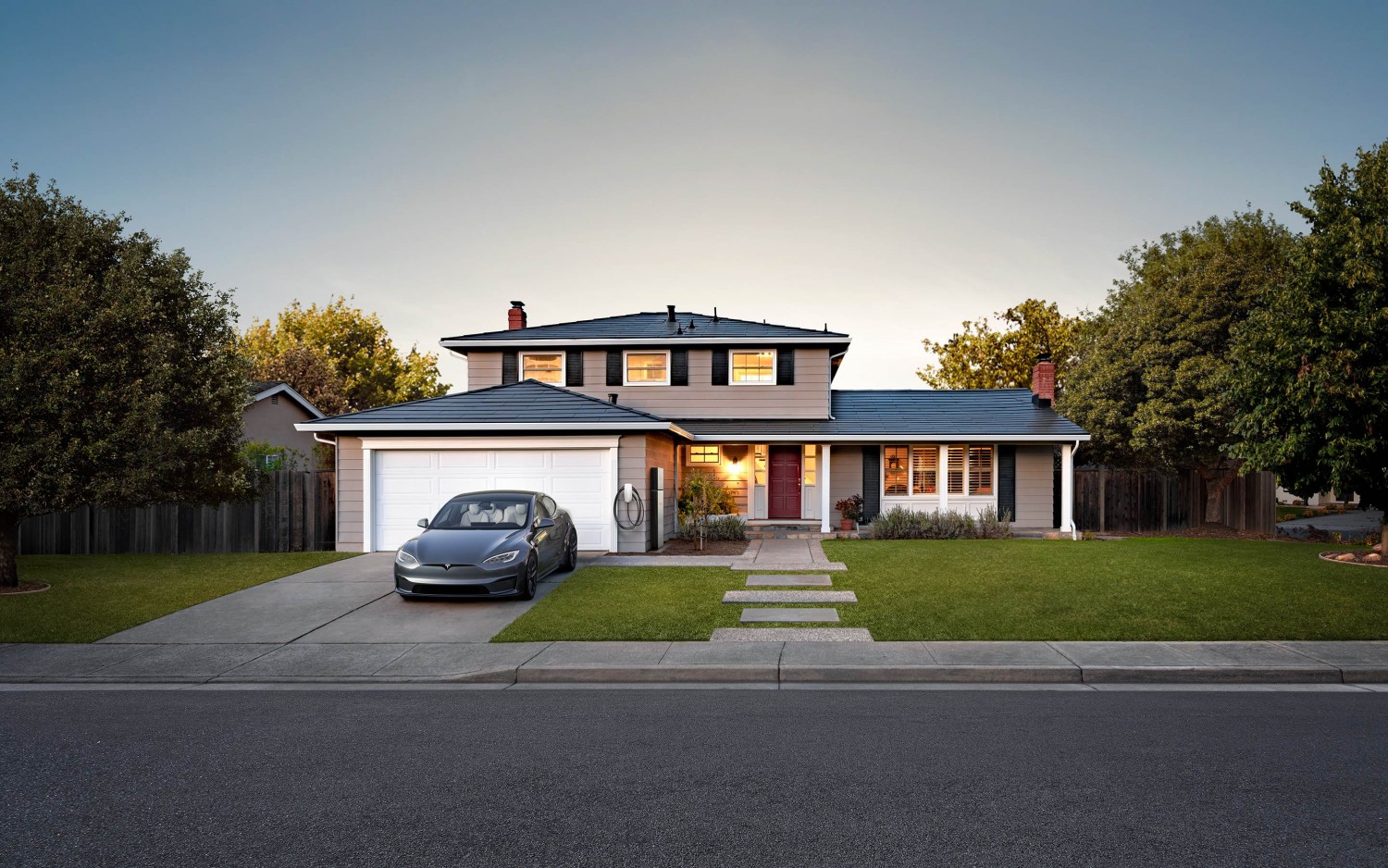
Sit-ups. Crunches. Squats.
Do some of those before you go getting into the Model 3, because you'll need your core strength if you plan to launch the car from 0-100km/h regularly.
In Sport mode, the acceleration is frightful. It's truly gobsmacking, so much so that it might make passengers feel ill if they're not expecting it. That it happens in near-silence is a compounding factor, as the only noise is a whirr from the electric motors and the whoosh of the wind as you cut through it.
It's a great party trick (like all those silly screen games!) but you won't be able to use it all the time, as it does eat battery range every time you do.
There are practical benefits of this level of immense acceleration - if you find yourself needing to get out of the way of an oncoming car, for instance, or if you just need to overtake a slow moving vehicle over a short opportunity. It's immensely helpful.
But what's more, the fact you can select Chill mode and have a considerably more sedate driving experience - presumably with the benefit of added range - is an advantage. It dulls things dramatically, but not too much.
There are other modes. The steering has Comfort, Standard and Sport variations, all of which have different weight and response to suit. I think Comfort is the best and most natural of the three - the Model 3 has quick a fast steering rack, and a lighter action makes for better involvement. Standard is just a touch too heavy, and Sport is numb.
Part of that, of course, comes down to the fact the AWD system means the front tyres have to steer and put power down at the same time, and like any AWD model, there's a compromise to the feeling of the way the car corners. I prefer the entry-grade RWD model from a purist perspective.
And in urban driving, you will note that the turning circle is bigger than you might think of a car of this size. At 11.8m, it takes more turning room than any of the equivalent luxury cars.
While we know its main wow factor is straight-line speed, it goes through corners well. The Michelin Pilot Sport 4 S rubber is superbly sticky in the twisty stuff, and the mechanical grip is great too, though you can feel the weight of the car (1847kg) in tighter bends. There's some road noise to contend with a higher speeds on coarser road surfaces, too.
We didn't sample Track mode, but based on my drive in Sport mode through a twisty mountain pass, I'd suggest I'd want more than just a mode to choose - I'd want more braking power (these were okay, but not as good as I'd hoped), more supportive seats (these are okay, but they don't hold you in place like you might want), and I'd want better steering.
The ride comfort of the Model 3 Performance was surprisingly just a touch better than the standard base model car, and that's despite it having 20-inch wheels and lowered sports suspension. It could have something to do with extra weight helping tie it down a little more, but I will say this - it's still not a terrific ride, as it tends to bobble over repetitive bumps, and can clunk down on sharp edges.
Safety
The Model 3 achieved a five-star ANCAP safety rating in 2019, and as part of the breakdown it scored 94 pert cent for Safety Assist tech (the highest ever for that part of the ANCAP testing regime), and it also scored 96 per cent for adult occupant protection.
There are dual ISOFIX child seat anchor points and three top-tether restraints, but parents take note: because the rear seat has integrated headrests, your baby seat may not be able to be fitted as tightly as you’d like in the outboard rear seats. This is a common complaint when the headrests aren’t removable.
All Model 3s come with six airbags (dual front, front side, full-length curtain), plus an advanced safety suite consisting of autonomous emergency braking (AEB) that works at city and highway pace and has pedestrian and cyclist detection. There’s also blind-spot monitoring, lane departure warning, lane keeping assist, and that’s all wrapped up in the ‘A’ word… Autopilot.
The aforementioned “Full Self-Driving Capability” option ($8500) adds even more safety and more than a hint of added convenience, too, if that’s what appeals to you. And while it’s best to option it when you lay down your deposit, you can have it retrofitted at a later date, possibly at a higher cost.
Safety
Tesla scored a five-star ANCAP safety rating for the Model 3 range, and of particular note was the car's 94 pert cent score for Safety Assist tech, which is the highest ever. It also got 96 per cent for adult occupant protection.
All Model 3s come with six airbags (dual front, front side, full-length curtain), plus an advanced safety suite consisting of autonomous emergency braking (AEB) that works at city and highway pace and has pedestrian and cyclist detection. There's also blind-spot monitoring, lane departure warning, lane keeping assist, and that's all wrapped up in the 'A' word... Autopilot.
There's also the brand's "Full Self-Driving Capability" option ($8500) available apparently later in 2019, which includes auto lane change, auto parking, the ability to recognise and act upon red lights and stop signs, automated driving on city streets, the company's Summon system (where your parked car will come and find you autonomously) and navigation-linked Autopilot. You can option this after the fact, but it could cost more.
There are dual ISOFIX child seat anchor points and three top-tether restraints, but parents take note: because the rear seat has integrated headrests, your baby seat may not be able to be fitted as tightly as you'd like in the outboard rear seats. This is a common complaint when the headrests aren't removable.
Ownership
The Model 3 has a four year/80,000km warranty for the car itself, which isn’t as good as it used to be (the brand recently quietly rolled warranty cover back from the previous eight years/160,000km).
The powertrain warranty for this RWD model it’s eight years/160,000km - if you option up to an AWD version, you get eight years/192,000km cover.
Tesla doesn’t offer maintenance plans anymore - it used to have a selection of three- or four-year cover plans, but the brand says its maintenance requirements are so minimal it doesn’t need to have that level of cover anymore.
The brand does have an inspection checklist customers should abide by. Every two years the cabin air filter and brake fluid should be seen to, while the High Efficiency Particulate Air (HEPA) filter requires checking every three years, and the air conditioner needs service every six years, too.
There are wheel balance/alignment/tyre rotations to consider, too.
Ownership
Tesla backs the Model 3 with a less-than-excellent four year/80,000km warranty for the car itself, which doesn't really instill confidence - especially considering it was quietly rolled back from eight years/160,000km.
You get a longer warranty on the powertrain, though - for the RWD model it's eight years/160,000km, while AWD versions have eight years/192,000km cover.
Tesla doesn't offer maintenance plans anymore - it used to have a selection of three- or four-year cover plans, but the brand says its maintenance requirements are so minimal it doesn't need to have that level of cover anymore.
But there is an inspection checklist that customers should abide by. Every two years the cabin air filter and brake fluid should be seen to, while the High Efficiency Particulate Air (HEPA) filter requires checking every three years, and the air conditioner needs service every six years, too.
There are wheel balance/alignment/tyre rotations to consider, too.
Interested in a Tesla Model 3?
Insurance Quote
Please first to comment
Related Post
Stay Connected
Tweets by elonmuskTo get the latest tweets please make sure you are logged in on X on this browser.
Sponsored
Popular Post
tesla Model 3 Owner Nearly Stung With $1,700 Bill For Windshield Crack After Delivery
33 ViewsDec 28 ,2024
Middle-Aged Dentist Bought a Tesla Cybertruck, Now He Gets All the Attention He Wanted
32 ViewsNov 23 ,2024





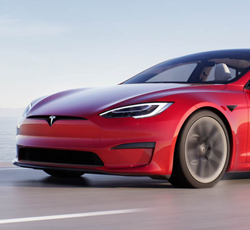
 Energy
Energy